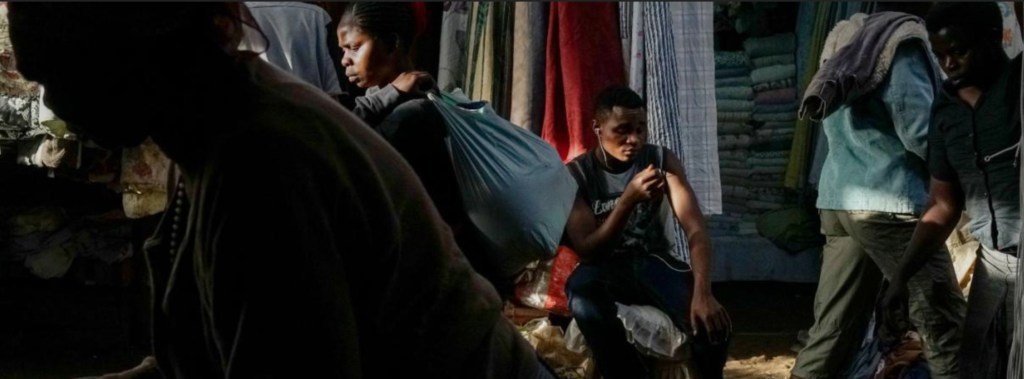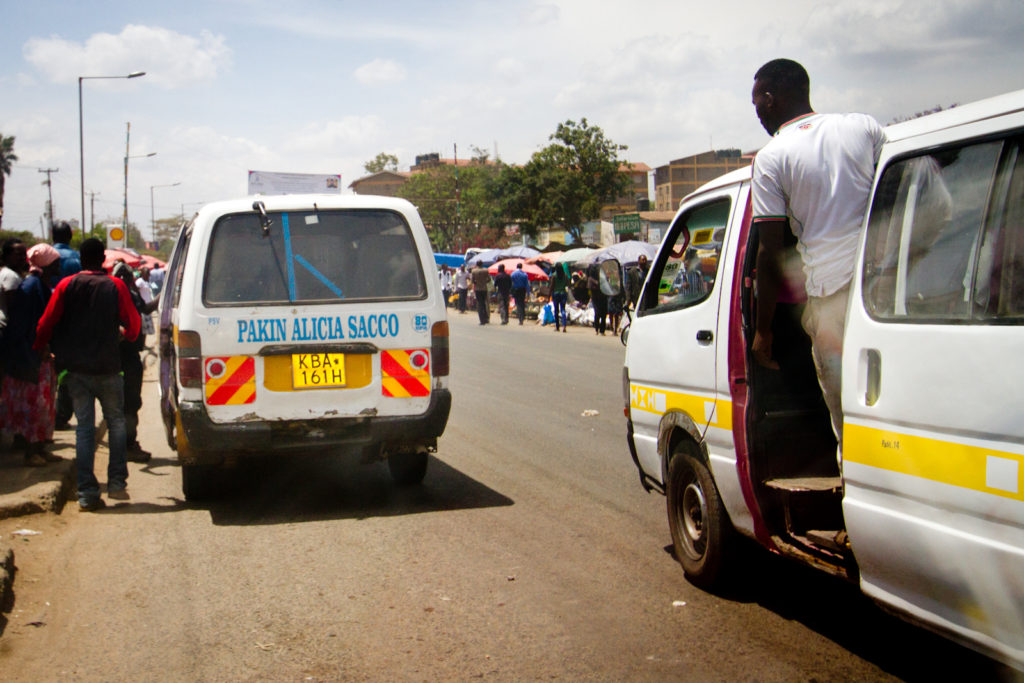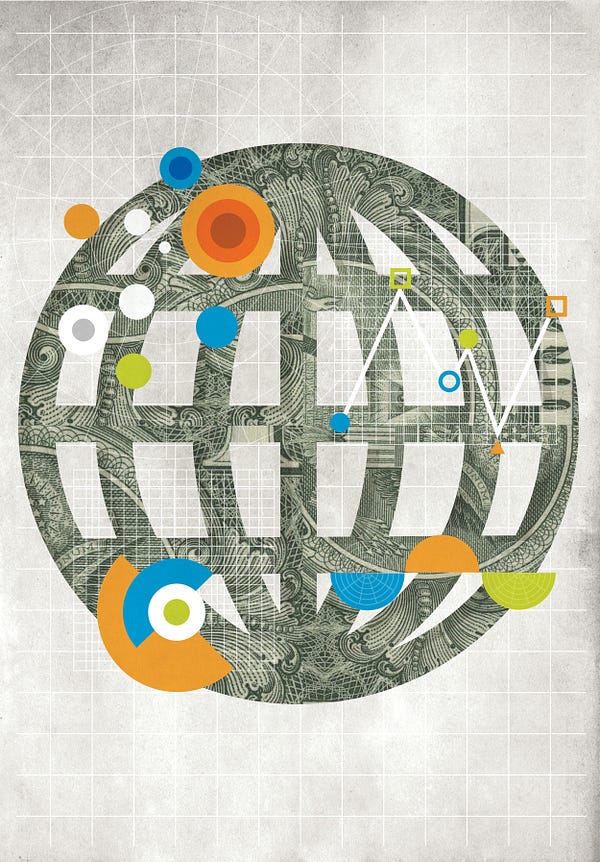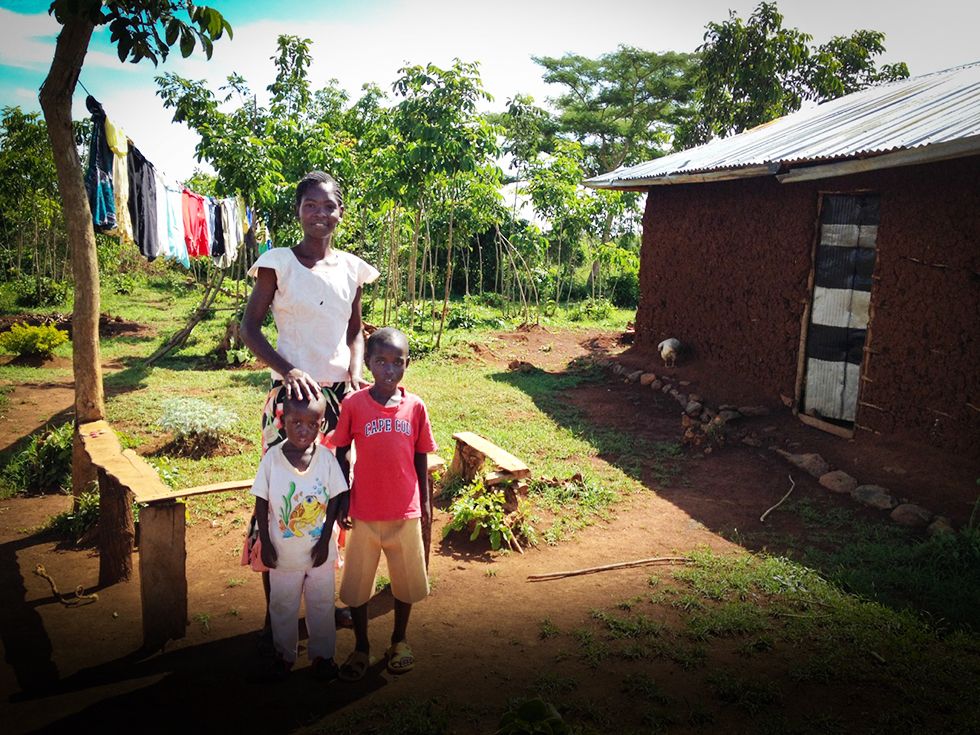An emerging science is helping Kenyans make smarter decisions about bargaining, sanitation and more.
 Last year at primary schools in western Kenya, social scientists were busy performing dirty skits in front of hundreds of children. The script went like this:
Last year at primary schools in western Kenya, social scientists were busy performing dirty skits in front of hundreds of children. The script went like this:
The facilitator pretends to go to the bathroom behind a tree, then wipes using a thin leaf or piece of paper. But the leaf or paper rips, and she reacts with surprise upon getting (imaginary) feces on her hand. But she doesn’t wash her hands. Instead she wipes them on her clothes, then goes to shake the hand of one of the students, or picks up a mandazi – a doughnut – and offers it to a student to eat.
The students recoil in disgust, and the facilitator’s work is done: She has just implanted a “disgust trigger” into the kids’ brains – a simple, but powerful psychological reminder that forgetting to wash your hands is gross. And it works.
Welcome to behavioral psychology, the emerging science that seeks to nudge people to make smarter decisions.
Read the full story at U.S. News & World Report.


 nerate solid evidence of progress to show funders.
nerate solid evidence of progress to show funders.
